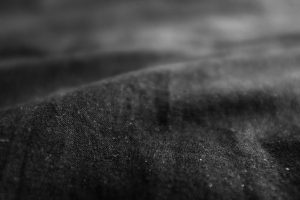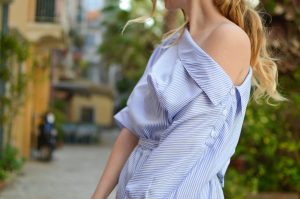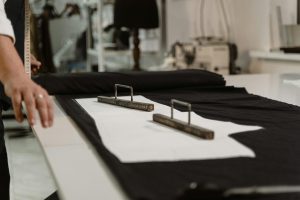Advanced Biomimetic Clothing Designs Inspired by Nature
Biomimicry, the concept of drawing inspiration from nature to solve human problems, has been gaining traction in various industries. From building materials to transportation, designers and engineers have found innovative ideas by observing and imitating nature’s solutions. In the world of fashion, biomimicry has also been making waves with advanced biomimetic clothing designs that not only look stunning but also offer functional benefits. In this article, we’ll explore some of these cutting-edge designs inspired by nature and their potential impact on the fashion industry.
The Science Behind Biomimetic Clothing
Before we dive into the advanced biomimetic clothing designs, let’s first understand the science behind it. Our planet has evolved over millions of years, resulting in complex and efficient biological systems. Plants and animals have adapted to their unique environments, developing specialized features and functions to survive and thrive.
These natural designs have inspired scientists and engineers to study and mimic them, leading to groundbreaking innovations. Biomimicry in clothing involves studying the natural world, discovering desirable properties, and applying them to garment design. This approach has resulted in clothing that not only looks aesthetically pleasing but also offers functional advantages.
Nature-Inspired Fabrics
Spider Silk
Spider silk is one of the strongest and most flexible materials found in nature. It’s said to be five times stronger than steel and more durable than Kevlar. Inspired by this, companies like Bolt Threads and Spiber have developed sustainable spider silk fabrics that can be used in clothing. These fabrics not only offer superior strength and durability but are also lightweight, breathable, and biodegradable.
Lotus Effect
The lotus flower has a self-cleaning mechanism that repels water and dirt, keeping its leaves clean. This inspired researchers to develop fabrics with similar properties. Self-cleaning fabrics made from lotus-inspired technology are now available in the market, making it easier to keep our clothes clean and reduce the need for frequent washing.
BionicFlap Technology
German company EDAG has developed a fabric that mimics the skin of sharks. This fabric, called BionicFlap, has tiny riblets on the surface that reduce air resistance and increase speed like shark skin in water. This technology is being used in sports clothing and may have potential applications in regular clothing for improved performance.
Biomimetic Construction Techniques
Origami-Inspired Clothing
Origami, the art of paper folding, has been used as a basis for constructing clothing. This method allows designers to create complex geometrical patterns with minimal fabric waste. Japan’s SEIL bag is a prime example of origami-inspired clothing that is not only fashionable but also functional. The bag can be folded and unfolded, allowing it to function as a traditional backpack or a messenger bag.
Arthropod-Inspired Garments
Insects and other arthropods have exoskeletons that provide protection and support. Drawing inspiration from this, fashion designer Iris van Herpen has created 3D-printed garments with lightweight and flexible exoskeleton-like structures. These outfits not only look striking but also offer structural support and protection to the wearer’s body.
Smart Clothing with Geckskin
Geckos have adhesive properties on their feet that allow them to stick to almost any surface. This inspired scientists to develop a material called Geckskin, which can mimic these adhesive properties. Researchers at the University of Massachusetts have used this material to create smart clothing that can cling to walls and provide support for the wearer. This could be particularly useful in sports and outdoor activities.
The Future of Biomimetic Clothing
Biomimicry in fashion is still in its early stages, but the potential for growth and innovation is immense. With advancements in technology and materials, we can expect to see more advanced biomimetic clothing designs in the future. These garments not only offer functional benefits but also have the potential to reduce the environmental impact of the fashion industry.
Incorporating biomimicry in fashion also opens up opportunities for collaborations and knowledge-sharing between scientists, engineers, and designers. By working together, they can create sustainable, practical, and aesthetically pleasing clothing that pushes the boundaries of fashion and helps us live in harmony with nature.
In Conclusion
Nature is an endless source of inspiration and innovation. By looking to nature, fashion designers and engineers are developing advanced biomimetic clothing designs that not only satisfy our aesthetic needs but also provide practical and sustainable benefits. With more research and development, we can expect to see even more advanced biomimetic clothing in the future that will revolutionize the fashion industry.











